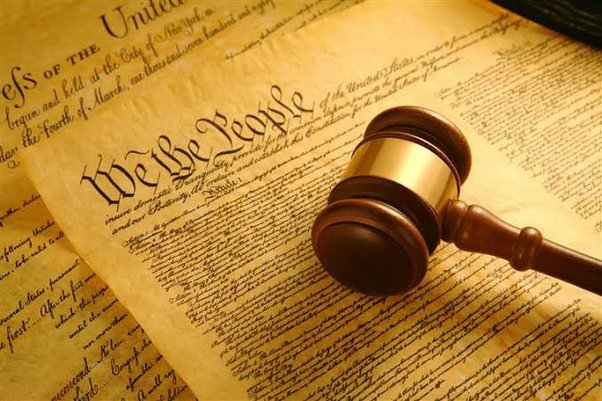The Shatpath Brahman (XIV.4.2.26) and the Brihad-Aranyak Upanishad (1.4.14) in identical terms lay down the supremacy of the law as under:
“The law is the ruler, even of the rulers and kings. Therefore, there is nothing higher than law. With the aid of the law even a weakling overcomes the strong?”
Chief Justice Mukharji, has described law in a very interesting manner. He says, In the garden or forest of jurisprudence, there are many fruits. Law is divine. Law is natural. Law is custom. Law is contract. Law is command of the human sovereign. Law is a social fact. Law is a union of primary and secondary rules. Law is prediction. Law is experience. Law is an unrealisable ideal. Law is a practical and realisable compromise. Law is a balance of social individual interests. Law is morality. Law is what the Judges say from the Bench. Law is tradition.
The law is different from ‘Laws’ Confusing as all this may appear, and which confusion led someone to say that ‘Law is an Ass”, there is perhaps a strain of fusion in the midst of all this confusion. If the law is like the beast of burden, it is because law has to bear many burdens, of human life inaction, old and new predictable and unpredictable.
The concept of law through different schools
There are two extreme propositions which define the concept of law: while the one pleads its coercive character, the other lays stress on the social acceptance of law.
Analytical school
The coercive character of law imports two ideas, the source of authority and the various kinds of sanctions. Austin & Kelsen emphasise the role of coercion in Laws. Austin defines law as (he command of the highest legislative power called the sovereign. Kellen says a theory of law must deal with law as it is and not as it ought to be. The theory of law must be free from ethics, sociology, history or political philosophy. In other words, it must be pure. Thus both the jurists exclude the element of morality from the definition of law.
Historical School
Prof. Hart emphatically rejects the command theory of law. He observes that such a command cannot be given by a man with a loaded gun and law surely is not the gunman situation. The other extreme view draws our attention to the theories of Savigny and Enrich. They emphasised on the actual observance by the society and the growth of customs as the conclusive elements of law. According to them, the law may receive authority from the sovereign but it is not created by him.
Hindu School
The Hindu concept of law does not conform to the Austinian view. According to Austin’s’ philosophy most of the rules of Hindu law could be terms as nothing more than positive morality and not the command of the sovereign. The code of Manu Yagnavalkya and Narad were obeyed by the people like the command of the sovereign. The main philosophy behind the observance of the rules of Hindu Law was to attain ultimate object i.e., salvation. It is this moral aspect which prevailed all through the rule of law in India.
In the early period, the theory was that Kings did not make laws but they merely enforced them. Even when any King made law, it was supposed to be in consonance with the divine principles as laid down in scriptures. Prayschitta or penance as a mode of expiation was fully recognised, which shows the heavily loaded moral perspective of the concept of law.
The Upnnishadic concept of law is: Law which is Dharma, not in the sense of rituals sustains and endures spiritual progress i.e., Dharam or law which holds society together makes it compact.
Definition of ‘Indian Law’
The definition of ‘Indian Law’ contained in the General Clauses Act, 1897 under Section 3(29) reads as under:
“Indian Law’ shall mean any Act, Ordinance, Regulation, Rule, Order, Bye-law or other instrument which before the commencement of the Constitution had the force of law in any Province of India or part thereof, or thereafter has the force of law in any Part A State or Part C State or part thereof, but does not include any Act of Parliament of the United Kingdom or any Order in Council, rule or other instrument made under such Act.”
Under the Constitution of India in Article 13(3) unless the context otherwise requires, “law” includes any ordinance, order, bye-law, rule, regulation, notification, custom or usage having in the territory of India the force of law.
Reference
Bhanwarlal v. Rajhasthan State Road Transport, (1984)
